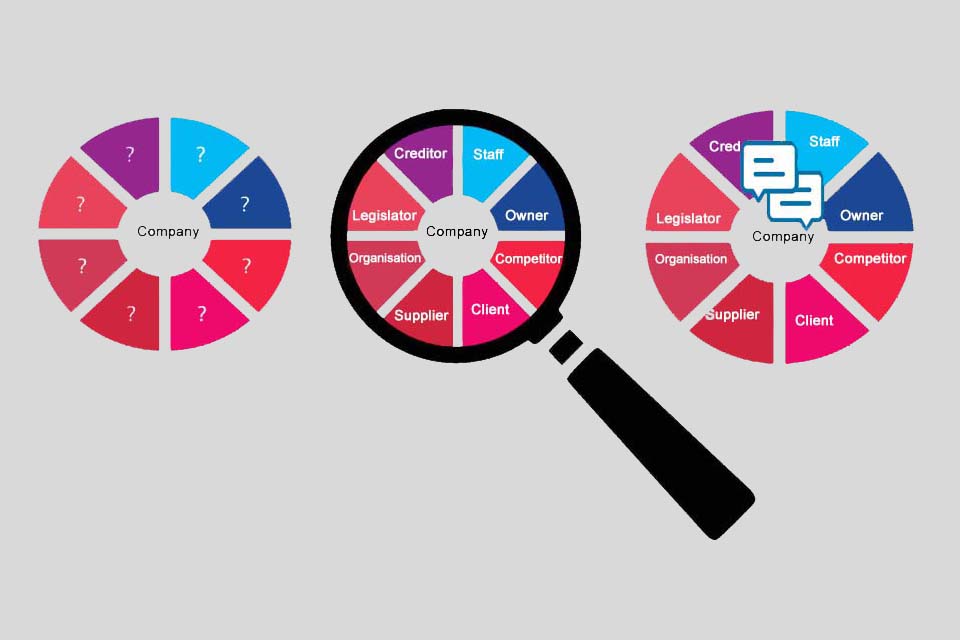What is FAQ (Frequently Asked Questions)?
FAQ – easy access to answers to frequently asked questions
FAQ – Frequently Asked Questions – can be found on many websites, support forums and product documentation these days. The purpose of FAQs is to provide quick and easy access to answers to frequently asked questions, thus reducing the amount of what tends to be easy-to-answer queries that an organisation receives. Ideally, they provide customers, users or prospective customers of a product or service with information that they can use in a specific context.
Examples of the use of FAQ
FAQs are relatively popular with both companies and (potential) customers. Here are some examples of the use of Frequently Asked Questions from a company perspective:
FAQ can be a valuable tool for support teams to help users troubleshoot common problems or find answers to frequently asked questions. By providing self-service support to users, support teams can reduce the volume of support requests and focus on more complex issues.
- For example, an installation guide can describe how to get a new version up and running, whether and how to run different versions in parallel, and how to migrate data.
- In operating manuals, FAQs can help to deepen the general understanding of concepts used – e.g. the rights and role management of a software.
- And in change logs, new features can be explained in detail with the help of concrete questions.
FAQ can also be used by marketing teams to answer general questions about a product or service and help potential customers make an informed buying decision. By answering common questions upfront, marketing teams can build trust and credibility with potential customers.
- A list of frequently asked questions can be published on a website to describe the service in more detail, explain usage scenarios or explain cooperation procedures.
- On comparison portals, question lists can be used as a tool to position the variety of functions and related advantages of a solution.
FAQ can also be used by sales teams to answer general questions that potential customers might have during the sales process. By providing detailed and accurate information, for example, when preparing a proposal or participating in a tender, sales teams can address concerns or objections from potential customers and potentially close more deals.
HR departments often receive the same questions from employees or applicants over and over again. By creating an FAQ section on their website or intranet, HR can proactively answer frequently asked questions about benefits, leave rules or company policies, reducing the number of queries and saving time.
Ultimately, the purpose of an FAQ depends on the company’s goals and needs, and it can be used by any department that wants to provide users with quick and easy access to answers and information.
Tips for creating FAQ
There are some tips that can be useful when creating Frequently Asked Questions¹:
- Identify the questions that users ask most often and try to answer them in your FAQ.
- Make sure your answers are clear and concise. Avoid jargon or complex language that users may not understand.
- Group similar questions together and use headings and subheadings to help users navigate your FAQ.
- The use of categories can be useful if users can easily follow them. Example: A software offers support for project management and requirements management – accordingly, categories can facilitate orientation.
- Keep your FAQ up to date with the latest information and ensure that any changes or updates to your product or service are reflected in your answers.
- Provide additional resources: If a question requires an in-depth explanation, provide links to additional resources or customer support contact information.
- Should an interested party have a question for which there is not yet a prepared answer, it is advisable to provide easy access for individual questions – via form, chat, e-mail or telephone.
It is also generally good practice to only include “real” questions that are actually asked by users or prospects. Including questions in the FAQ that no one is likely to ask can lead to confusion and make it difficult for users to find the information they need.
However, there may be cases where it is appropriate to include questions that are not necessarily ‘real’ questions. For example, if there are common misconceptions about a product or service, it may be helpful to ask questions that address these issues and provide accurate information.
Impulse to discuss
How can organisations measure the effectiveness of their Frequently Asked Questions in reducing support requests and improving user satisfaction?
If you like the article or would like to discuss it, please feel free to share it in your network. And if you have any comments, please do not hesitate to send us a message.
[1] Some publications also recommend the use of search functions. In principle, of course, this tip is correct, but since search functions have long been standard on websites and in digital documents, it is not necessary in itself to list this tip explicitly.
The term FAQ is believed to have originated in the early 1980s in connection with computer bulletin boards and online forums. According to some sources, the term was coined by Eugene Miya, who was a member of the NASA team working on the Space Science Data System in the 1960s and 1970s. The term was used in connection with a document that contained answers to general questions about the system. Other sources refer to Mark Horton as the “inventor”.
In times of chatbots, frequently asked questions certainly also offer themselves as input and training material for possible solutions.
By the way, we also use Frequently Asked Questions on our website.
And here you will find additional information from our Smartpedia section:



